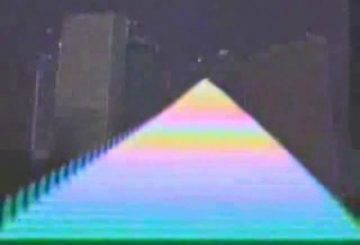All chocolate edition!
Insiders and outsiders, real and imagined…
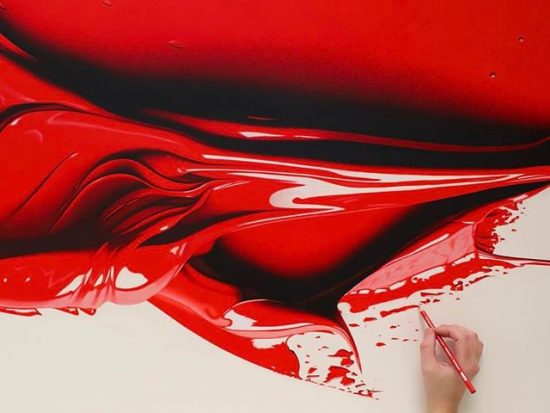
It’s rare that an Australian artist is covered by international mainstream press, but it’s even rarer when it happens twice in the space of a week. ‘Instagram Hit’ CJ Hendry was the subject of a profile in the New York Times: [>] “Ms. Hendry, 31, is what you might call an Instagram artist — someone who started on, and thrived because of, the platform we so love to hate and hate to love. You won’t find her collection in a gallery. Instead, she hosts her own solo exhibitions, and regularly sells out her works, which have price tags as high as $250,000. It’s an example of how an artist can survive — prosper — outside the established art world, thanks to social media.”
Hendry has artfully played the ‘I’m outside the art world’ game for some time, racking up more than [>] 350,000 Instagram flowers while doing pretty much what every other artist does; making work, having sell out exhibitions, collaborating with major fashion brands, and raking in the cash from credulous collectors, while basking in media coverage. You know, like most artists. According to the Daily Beast, she is [>] “..a successful hyperrealistic artist who has collaborated with brands like Christian Louboutin and counts Kanye West and Pharrell Williams amongst some of her most famous fans. She began her career with black and white pen drawings of luxury goods but has progressed toward colored pencils and abstract subject matter in more recent years. Her finished products look so freakishly real, a double-take is almost needed to confirm they are, in fact, drawings. Her latest show, which opened last week and runs through April 21, is no exception. An extension of a prior series exploring swatches of paint drawn with colored pencil, Rorschach is a break from Hendry’s hyper literal aesthetic and has a level of psychology injected into her photorealistic art while maintaining her brand’s iconic level of kitsch and kook appeal.”
Of course, with all the US press interest, the Sydney Morning Herald limped in last with their own coverage, taking as their angle how even Hendry’s failures are a success: [>] “After spending months drawing, scrunching up and then drawing again six famous Andy Warhol portraits last year, artist Cj Hendry told her 350,000-plus Instagram fans the drawings would be printed on T-shirts, which would be available for purchase. Fans practically had their credit cards at the ready, but there was a problem: a production issue meant the entire project had to be scrapped. “I was like, ‘Oh my God, I’m an idiot’,” says New York-based Hendry. “I went white, got a bit panicky, and then I was like, ‘OK, let’s throw them away creatively’.Hendry and her team packed up the shirts, painted the boxes red and marked them “trash only”. What followed was a mad scavenger hunt around New York, as Hendry dumped the boxes in random spots, giving fans on Instagram clues where to find them. Within moments of sharing a post, 50-plus people would pounce, grabbing what they could.”
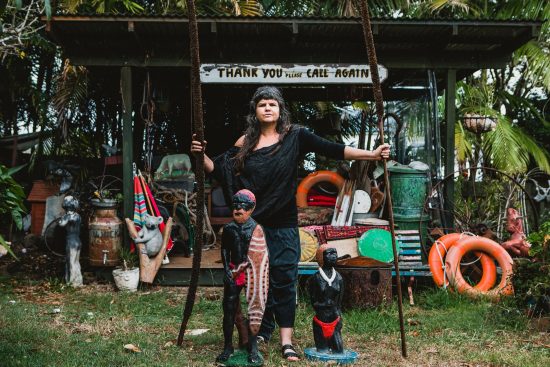
An artist who is also making art from trash, rather than creating it, is Lismore artist Karla Dickens. As the subject of a glowing profile in the NYT, Finding Beauty in Broken Things, an Aboriginal Artist Finds Recognition at Last, Dickens comes across as an artistic hoarder as she picks through the tip for potential material for her upcoming show A Dickensian Circus; “It was hard to leave things behind — “I’m still in love with garbage bin lids,” she murmured wistfully — but her studio was already crammed. An affinity for the broken, the damaged and discarded infuses all of Ms. Dickens’ work, influencing both her medium and her deeply political message. She has been a practicing artist for decades and her work is featured in major cultural institutions, but there is a sense that her rightful recognition has only just arrived.”
The profile is a frank account of the artist’s life and work, from her early life struggles as a drug addict, and her mental health issues, through to the mentorship offered by an older woman that changed her life: [>] “She described her time […] as difficult and lonely, but said it was then that she began truly to heal, to embrace her heritage as a Wiradjuri, Australia’s second-largest Aboriginal tribe, and her lesbian sexuality. And she met a neighbor, Pat Hall, an older woman whom Ms. Dickens revered and who became an unofficial mentor. “Pat was a bit of an outsider herself,” Ms. Dickens said. “She had a form of autism and was a very powerfully spiritual person. I felt safe with her, and understood. She was quite aloof, but very astute. She inspired me because she showed me that there was a way of being ‘other’ in the world that was also very capable,” she added. “And she didn’t hold back on telling you the truth. I felt quite naked before her in a way. You couldn’t hide yourself from Pat.”
Close to home
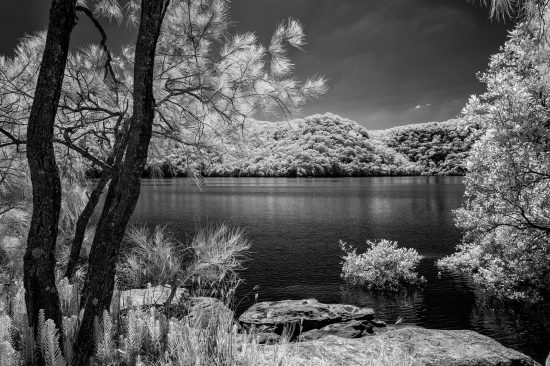
Guardian Australia has published a series of stunning images by Brendan Beirne who [>] “…visited massacre sites across Australia. Using infrared technology he has created a series of images which take you to the unquiet places where Indigenous people were slaughtered.” The image above is literally close to home, just over the hill: “Hawkesbury River, New South Wales. In the 1790s, numerous killings and massacres occurred around the Hawkesbury River as settlers moved in to steal and farm the land of the local people.”
Lizard, people!
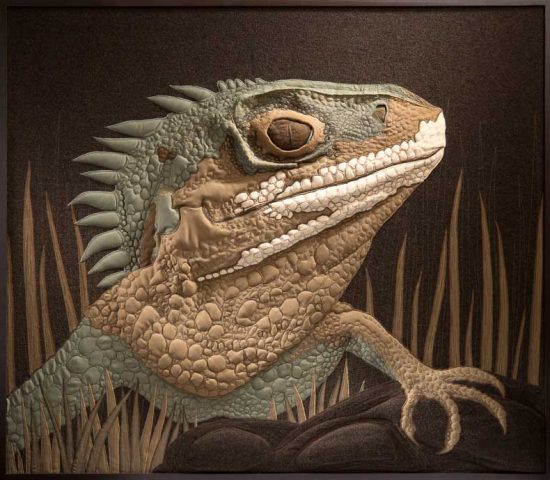
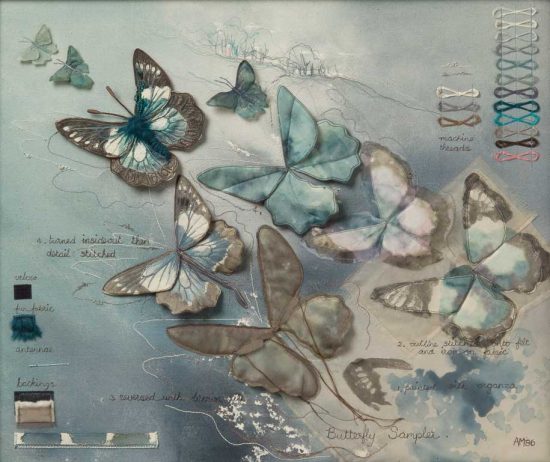
Local artist favourite Annemieke Meine – a Gippsland artist with an international career – is the subject of The Art of Annemieke Meine at Gippsland Art Gallery, featuring work drawn from collections across Victoria. Located in a dedicated space in the Port of Sale, the [>] “…exhibition provides a unique opportunity for visitors to experience works rarely seen in public. Freedom (1986), a large three-panel work featuring butterflies, birds, flowers and other natural phenomenon features on the eastern wall. Impressive works such as Diving Blue-billed Duck (1992), Eastern Water Dragon (1979) and The Sheep Blowfly Life Cycle (1995) highlight Mein’s skill in depicting various flora and fauna. Each of the major works will be accompanied by supporting sketches and stitch-plans, which reveal insights into the skill and preparation that goes into each of Mein’s artworks.”
From the ashes…
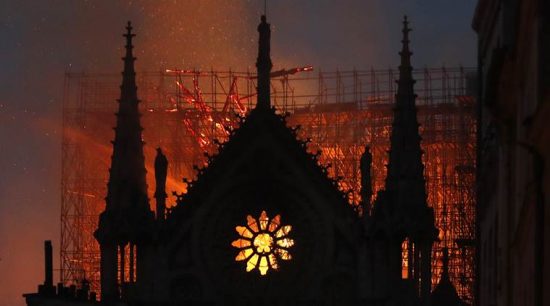
The devastating fire this week that destroyed the roof of the Notre Dame in Paris came as an inexplicable shock to the system. How could such a venerated landmark and world heritage site catch fire? While the cause of the devastation has yet to be confirmed, there has been some good news, sone of it from unlikely sources. The Art Newspaper is reporting that the design of the building may have saved it from much worse damage. “Builders had been able to create stone vaulted buildings, a technique that reached a point of perfection in the High Gothic era when Notre Dame was built. From simple barrel and groin vaults builders were, through combinations of stone ribs running up columns and weaving over the ceiling (along with buttressing in and out) to raise ceilings higher and higher. [>] So far, it seems the fire has destroyed the roof, but, apart from the stone vaulted crossing which collapsed when the flèche above fell, the interior has not been scathed by fire. There will be, of course, considerable smoke and water damage and it will take years and decades to restore the roof. We have the 13th-century builders’ and masons’ stone vaulting to thank for the preservation of, among other things, the rose windows of the transepts and the statuary of the chancel, not to mention the structure of the church.”
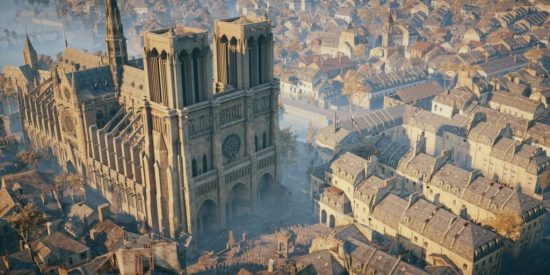
One of the more surprising aspects of the tragedy was the news that any project to rebuild will potentially draw on some unlikely sources – namely the video game Assassins Creed: Unity which used extensive 3D mapping of the actual Notre Dame for its in-game simulacra. [>] “Unity artist Caroline Miousse, spoke to The Verge a few years ago about the creation of the cathedral in the game. The Verge wrote: “In the case of the Notre Dame, easily the biggest structure in the game, it meant recreating a version of the cathedral that didn’t actually exist at the time. Level artist Miousse spent literally years fussing over the details of the building. She pored over photos to get the architecture just right, and worked with texture artists to make sure that each brick was as it should be. It’s 3D mapping like this that will help the real-life restoration of one of France’s most famous structures. Thank you, world of video games!”
Pulp Bowie
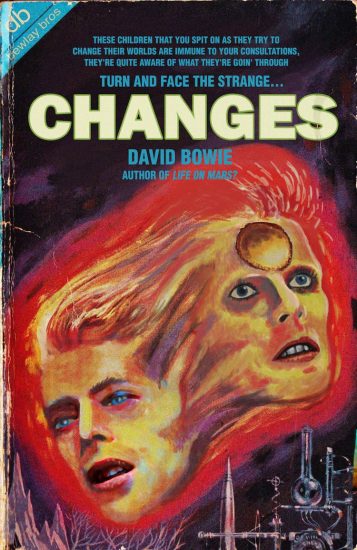
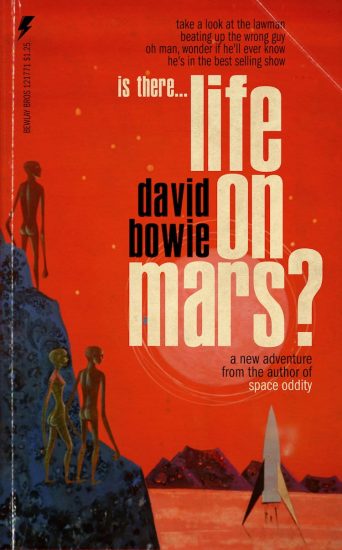
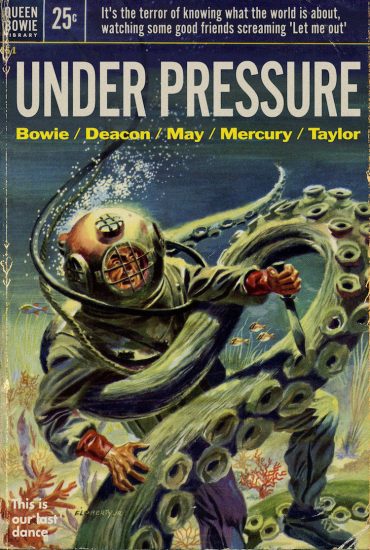
The web is the place where all things that need to exist will eventually exist, or perhaps already do. Case in point is L.A.-based screen writer Todd Alcott who spends his spare time creating pulp paperback cover style images for classic David Bowie songs. From MyModern.Met [>] “Alcott uses pre-existing vintage paperbacks as his starting point, before digitally altering the text and parts of the image to create his mashup prints. These once loved, now tattered and worn books have been given a new lease on life, and Alcott has chosen no better subject to grace their covers than the equally beloved Starman. And best of all, Bowie’s fascination with sci-fi, his outlandish fashion, and his love of the antihero make him a natural fit as a graphic novel protagonist.”
Follow: servo.sunsets
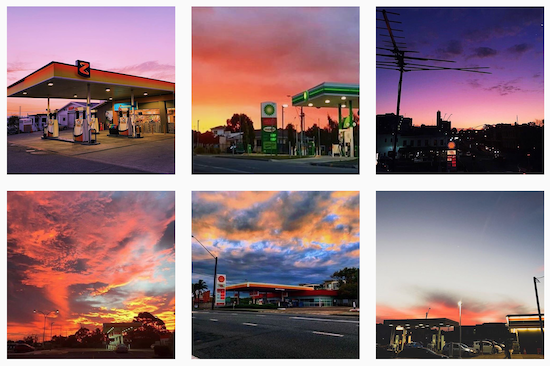

Maybe you’re a lifelong fan of Ed Ruscha-style images of suburban landscapes and gas stations, or perhaps you’re just into sunsets juxtaposed with dramatically lit Aussie servos, or you have an inexplicable need to see documentation of a soon-to-be-replaced global infrastructure, whatever your actual yen, [>] @servo.sunsets is the Instagram account for you. “Bringing you premium (unleaded) content from around Australia ?”. Merch available.
Assorted Links
Ravenswood Australian Women’s Art Prize [>] announces 2019 finalists
Western Australia’s future architectural legacy an eyesore: [>] Project home expansion in WA costing owners in the long run, architects say
Extreme remote sensing: [>] the science behind the images of a black hole
Art Basel to [>] unite across continents to celebrate 50th anniversary
Striking photos of [>] businessmen sleeping on dirty streets illustrate Japan’s tireless work culture
Petition launched to [>] remove ‘racist’ anti-slavery fresco in France’s National Assembly
This sh*t never gets old: [>] Watch this YouTuber recreate Billie Eilish’s ‘Bad Guy’ with couch cushions and a Nintendo 64
From the Gollancz archive: Adam Roberts on [>] the Teletubbie Utopia.

